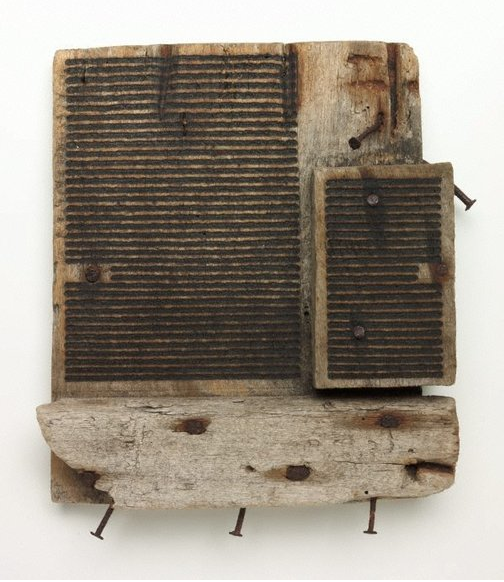i started this academic year following a year’s deferral and transferred from a different course. this was my first experience of the constellation programme and i believe it would have been helpful to be able to access the level 4 content from last year. i did enquire about this and was told it wasn’t necessary, but knowing my own weakness in this area i should have pursued the issue.
i have to admit to a high degree of uncertainty regarding the pdp element of our submission. advice has been conflicting, but as i understand it we need to reflect on our experiences of the constellation (theory) module and how we’ve related those experiences to our practice.
having entered my first year without a prior foundation year i’ve always felt that theory was one of my weakest areas. while i’m confident in my research and writing skills, due to previous undergraduate studies (in archaeology and psychology), my knowledge of art history/theory was virtually nil. theory was not covered in such a structured way in my first year studies so i felt rather at sea with constellation.
i chose the option “goddesses and monsters” because of the wide range of visual culture that it covered, the gender issues it addressed, and simply because it piqued my interest. I greatly enjoyed the examination of 1930’s/40s glamour (my portfolio includes reproductions of 1940s clothing) and I took the opportunity to watch the films of garbo and dietrich.
i had some difficulty with the elements of the module that covered freudian analysis. coming from a psychology background i was somewhat taken aback to discover this approach being used. as far as i am aware freud has been fairly comprehensively debunked in the field of psychology. however, i understand that the point was more about analysing the visual material from a particular critical standpoint, rather than the specific approach chosen. i also appreciated the art-historical perspective on the influence these -then novel – theories had on the surrealist movement.
whilst not specifically theory related, i did draw on my experience of “goddesses and monsters” in the subject project that followed it (medal project). my work has always had a strong aesthetic element – i make pretty things – but the “ewwww” element of g&m had quite an effect on me and i wanted to bring that contrast into my work.
i was working with reeling silk for the medal project, a process that involves, basically, boiling worms. to reel a single strand of silk you have to use cocoons which are intact, containing the pupa, and at the end of the process you’re left with a kind of worm soup. i was inspired to include the pupa in my final piece, an acknowledgement that the production of such a beautiful, highly-valued material requires the killing of the worm.
i started to feel on slightly firmer ground with our dissertation preparation. i knew i wanted to look at mental health issues but wasn’t sure which angle to approach them from. it was very helpful to discuss my interests and work with my tutor which narrowed my focus to a very specific area – obsessive practices, as evidenced in the work of yayoi kusama – reflecting my own use of repetitive/absorbing craft process.
i was very glad that our student rep reminded me of jenny godfrey’s standing invitation for one-to-one help with literature searches. i’ve taken this up and it’s greatly increased the scope of my enquiry, as well as helping with evaluating the quality of my sources.
coming to the end of the year i’m starting to feel less “behind” in my constellation studies. theory is still a weak point and i hope to address this over the summer, reading some primers on the topic and trying to identify the most appropriate approach(es) to address my dissertation topic.
i do feel that my knowledge and understanding of art history and contemporary artists has improved, in no small part due to the number of independent gallery and museum visits i’ve undertaken. every project starts with an inspirational trip where i see 2 or 3 different shows/collections relevant to the subject area, and i try to see at least a show a month in between times. these visits have included the v&a and british museums, tates modern and britain, photographers gallery, wellcome collection, yorkshire sculpture park and many others.
i’ve come to love the formation stages of a project, finding a way into a brief, visiting exhibitions and reading around the subject. i feel this informs my work and breathes life into it, as well as providing unexpected jumping-off points for future ideas. i really hope to combine this with an improved understanding of the critical context of my work and others’ as i go into into my final year.































